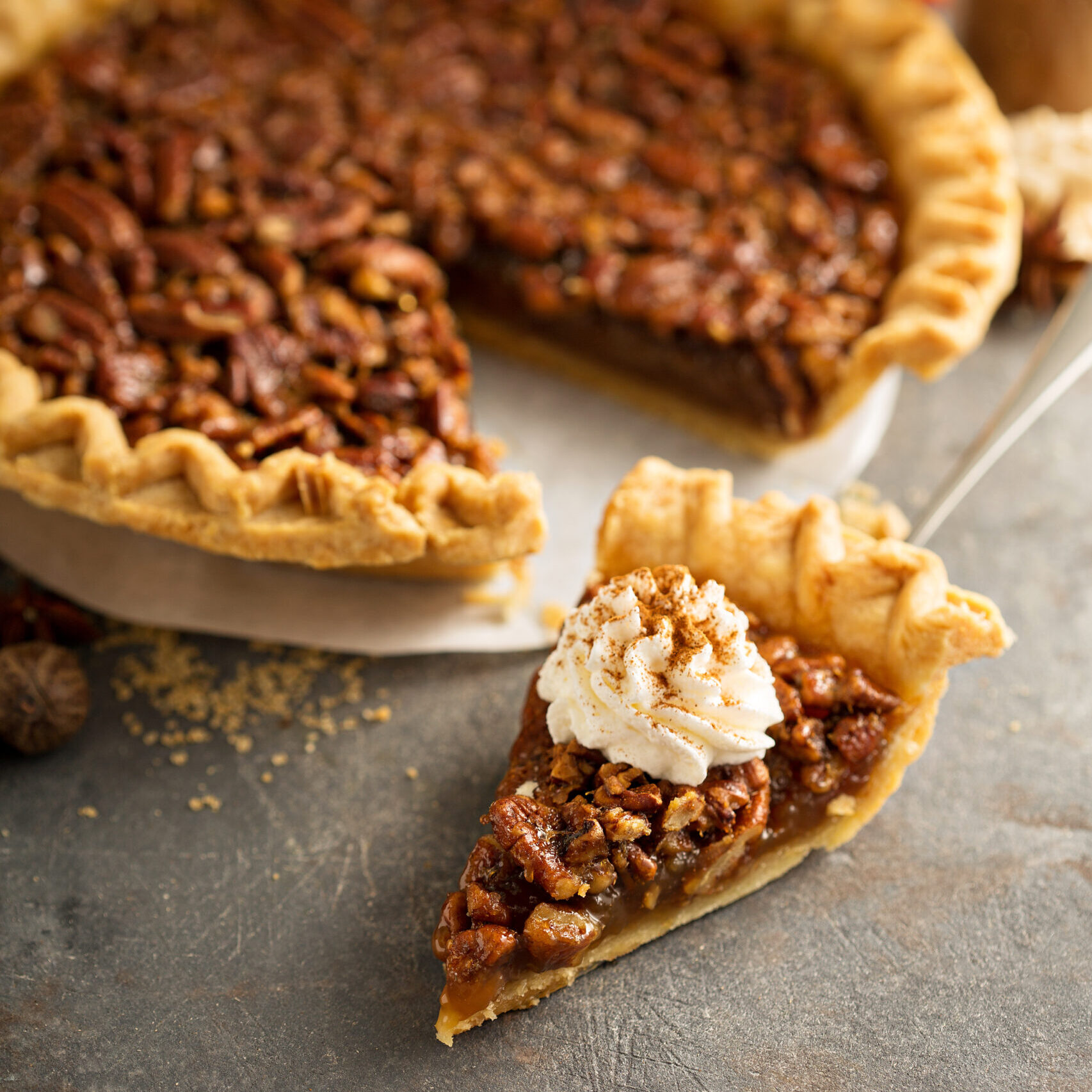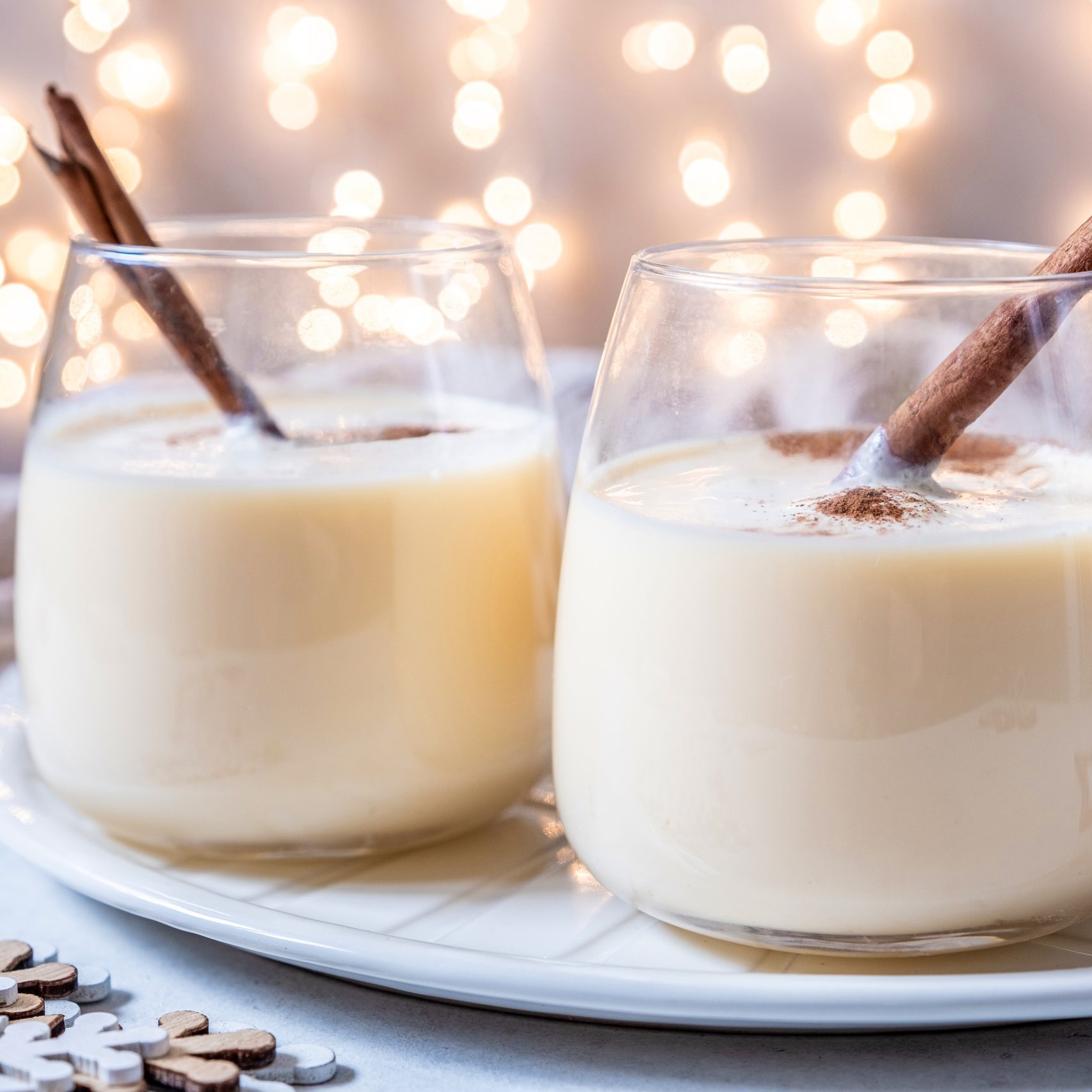A Thanksgiving dinner table can be a sight to behold. For foodies and others who love the array of comfort foods on display comes the fourth Thursday in November, Thanksgiving is a day to circle on the calendar each year.
While a mouthwatering turkey and sides like mashed potatoes and stuffing garner the bulk of the attention on Thanksgiving, the dessert table also can be a tempting place to direct one’s eyes. Though no dessert is off limits on Thanksgiving, pie is a particularly popular option on Turkey Day. With that in mind, those tasked with crafting something for dessert this Thanksgiving can consider the following recipe for “Pecan Pie” courtesy of Lines+Angles.
Pecan Pie
Makes 8 servings
1 9-inch unbaked frozen deep dish pie shell, thawed
11/2 cups pecans, coarsely chopped
3 eggs, lightly beaten
1 cup light corn syrup
1/2 cup brown sugar
1 tablespoon molasses
2 tablespoons butter, melted
2 tablespoons flour
1/4 teaspoon salt
1 teaspoon pure vanilla extract
1. Preheat oven to 350 F.
2. Spread pecans along the bottom of the prepared pie shell.
3. In a large bowl, mix the remaining ingredients and pour over pecans. The pecans will rise to the surface of the pie.
4. Bake for 60 to 65 minutes until the filling has set. Pie is done when the center reaches 200 F. Pie center when lightly tapped should spring back. Remove pie from oven and let cool on a wire rack for at least 2 hours.
5. Serve.
Preparation time: 15 minutes
Cooking time: 1 hour, 5 minutes
Cooling time: 2 hours
Total time: 3 hours, 20 minutes













